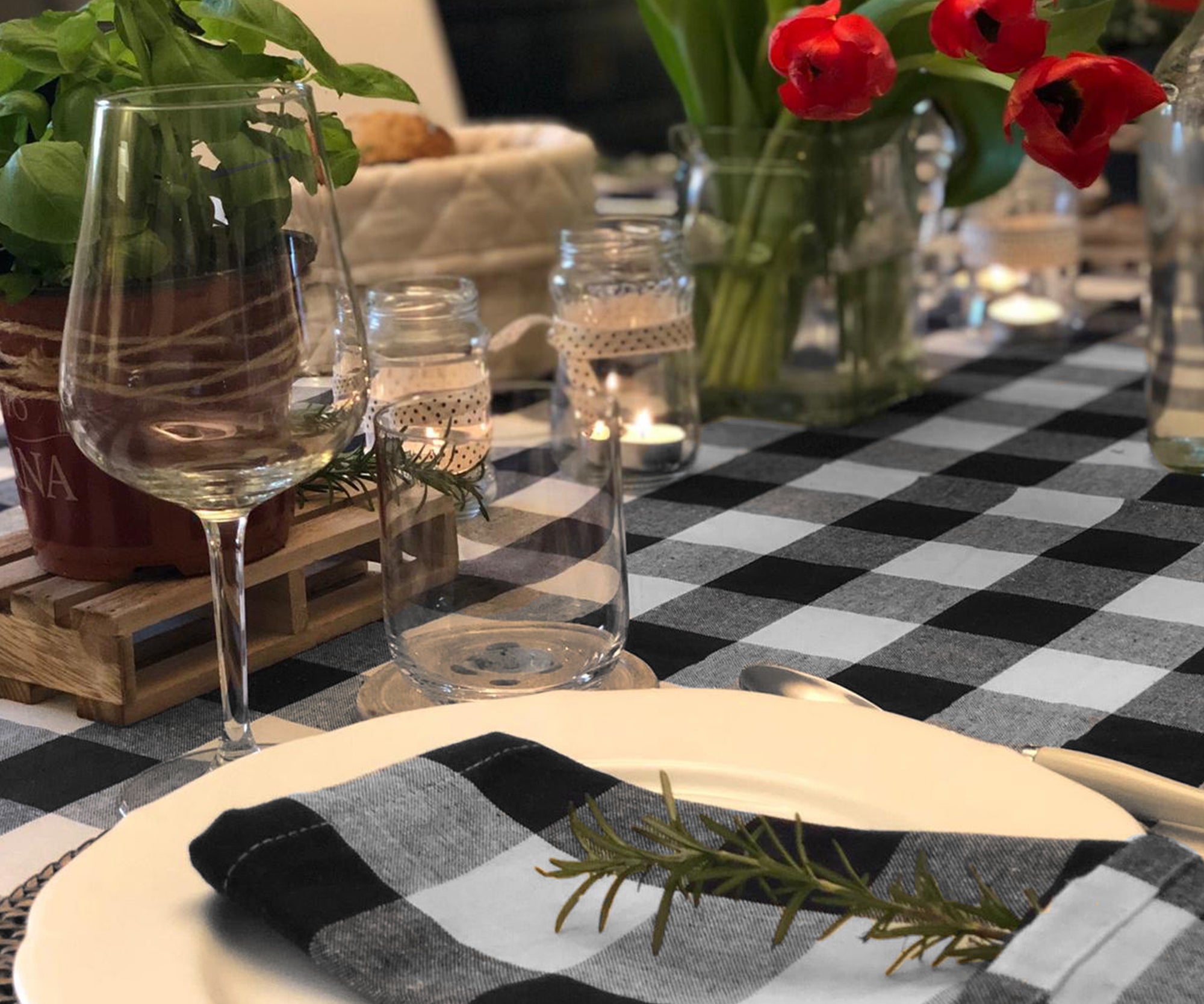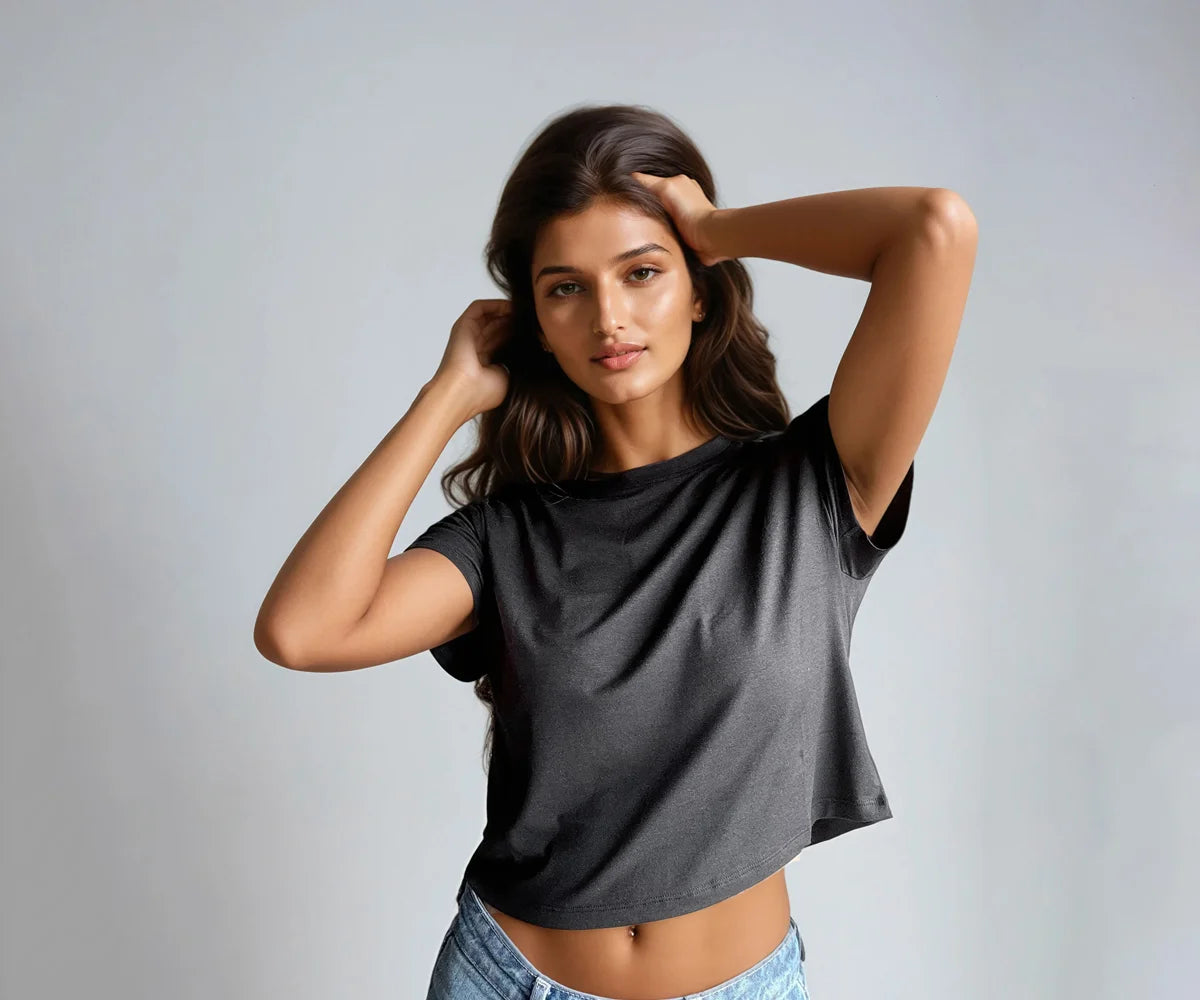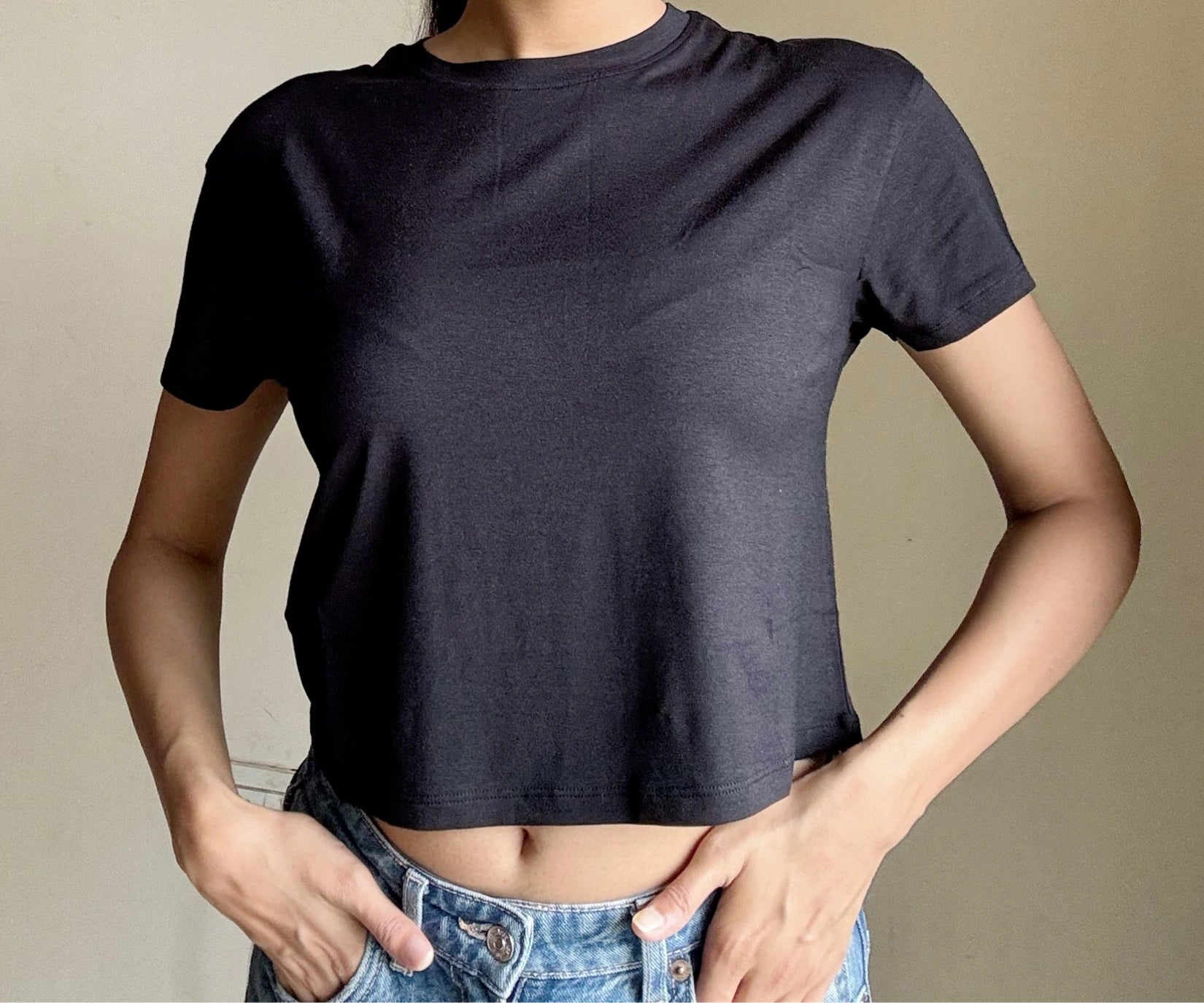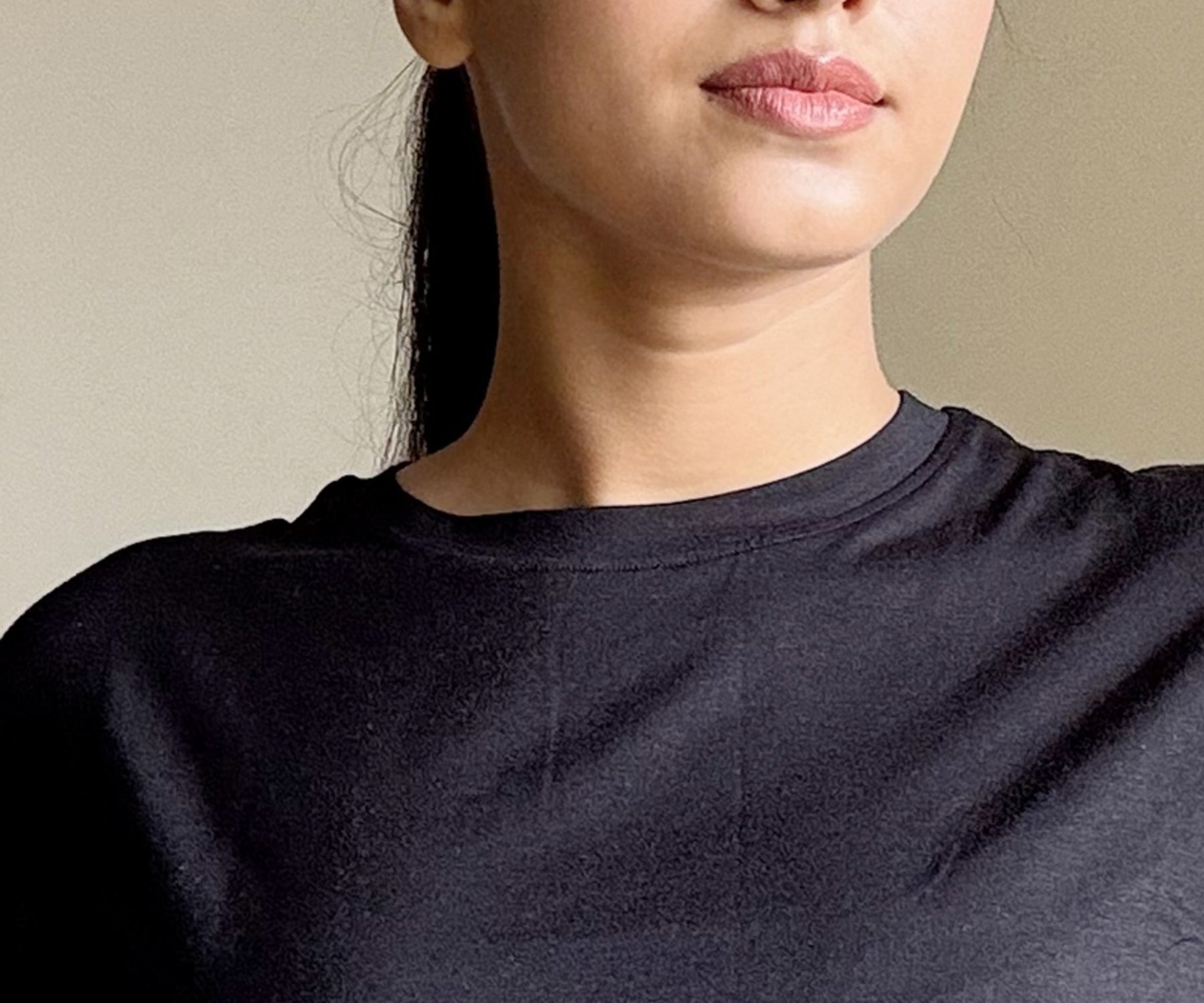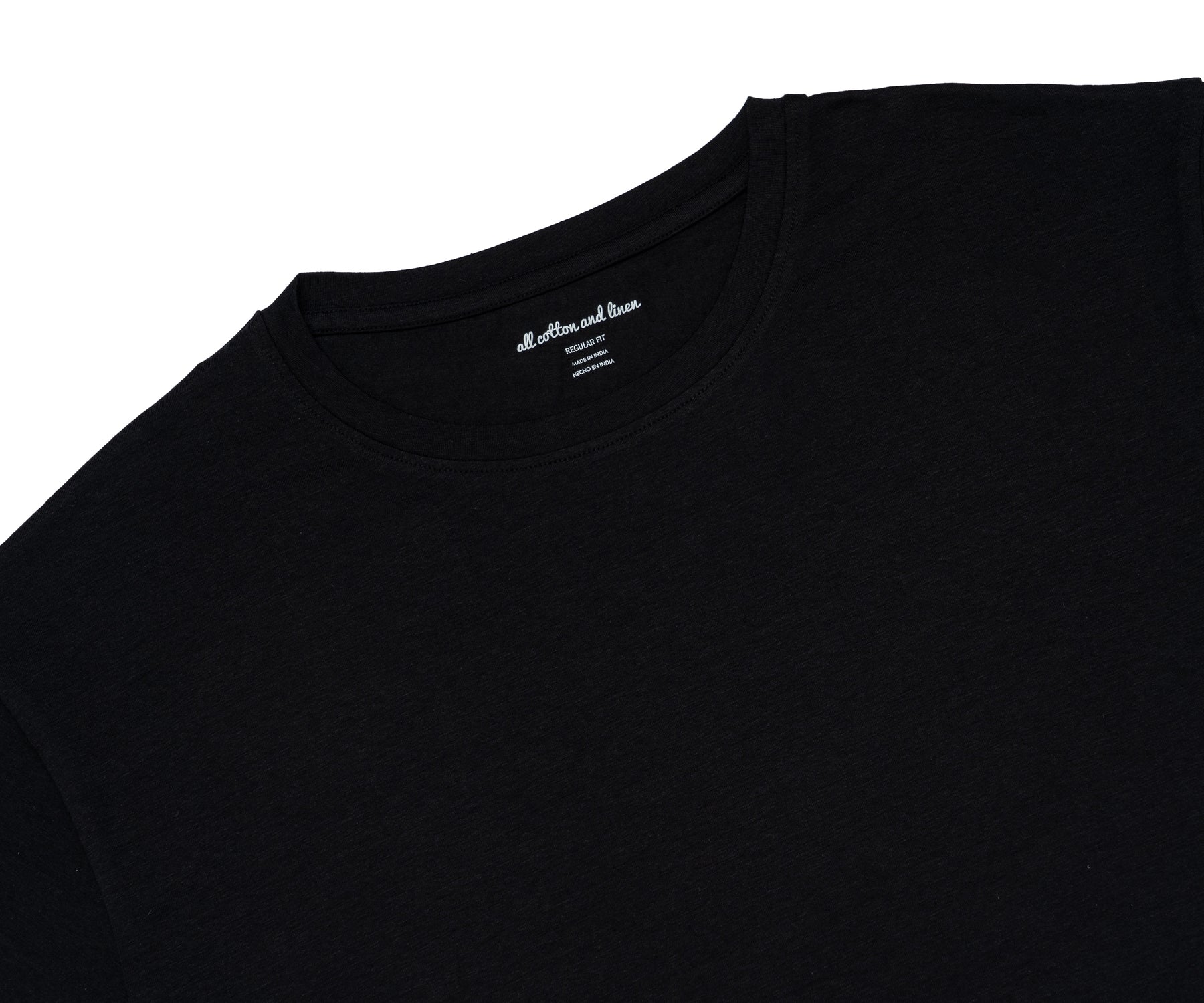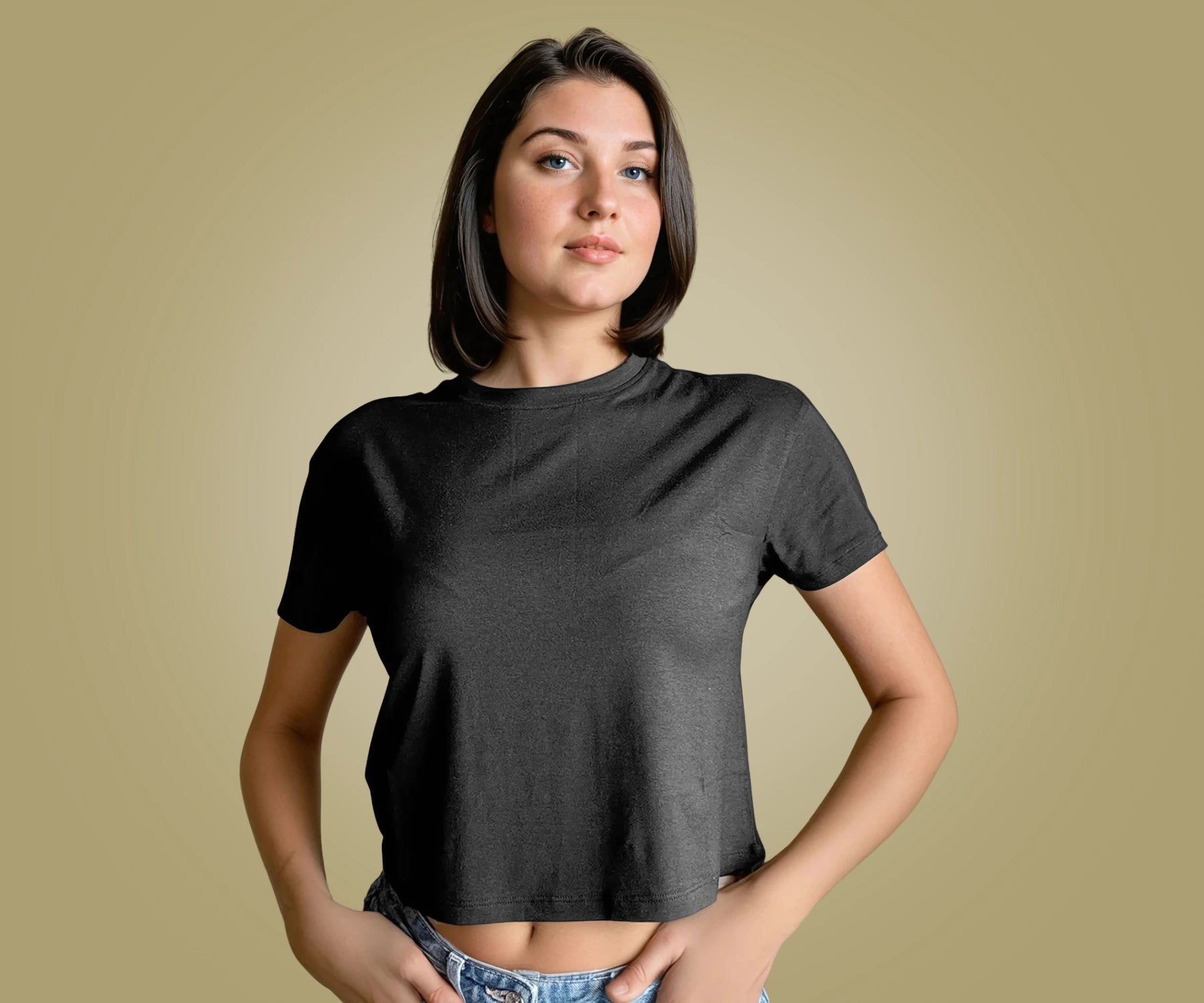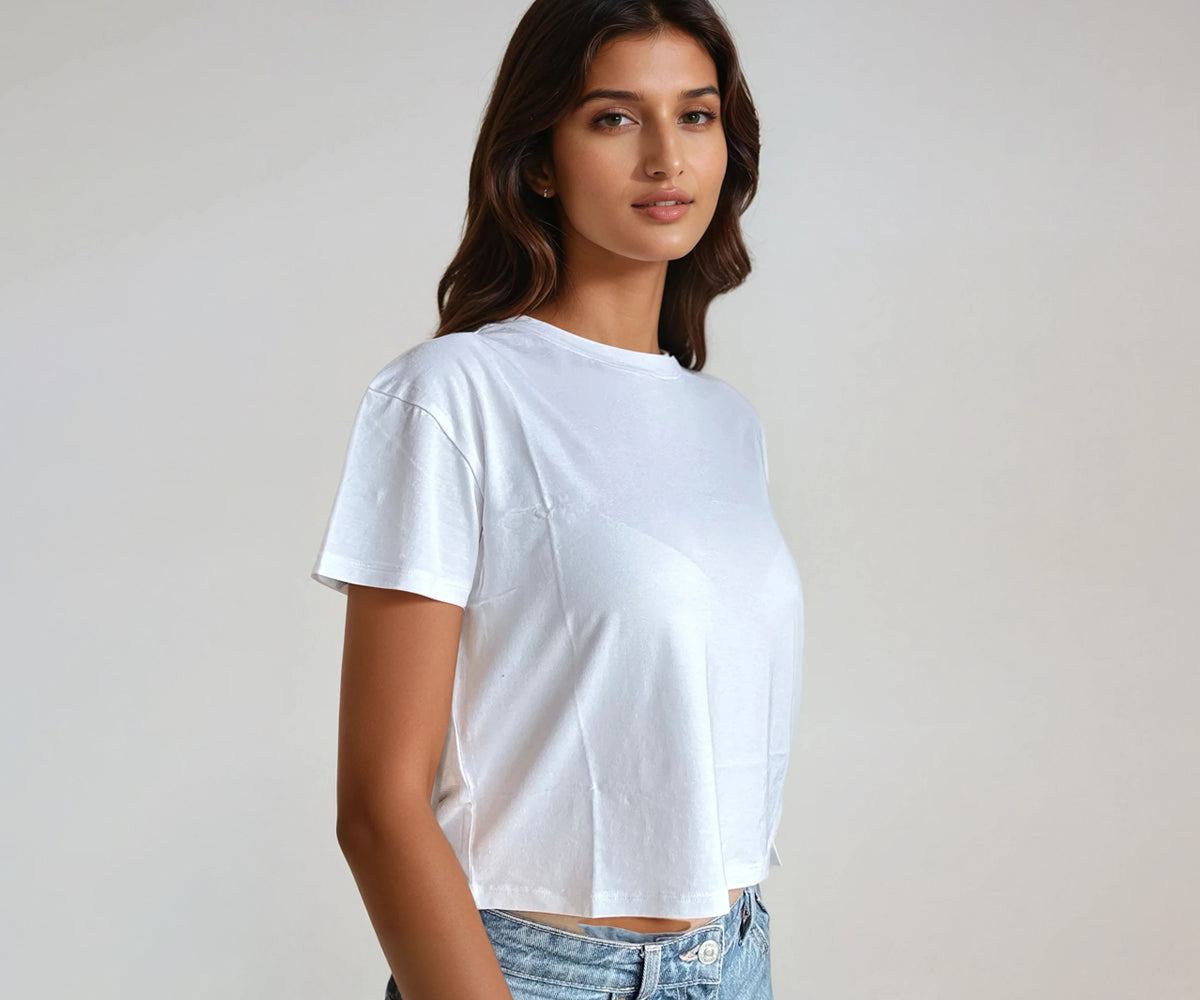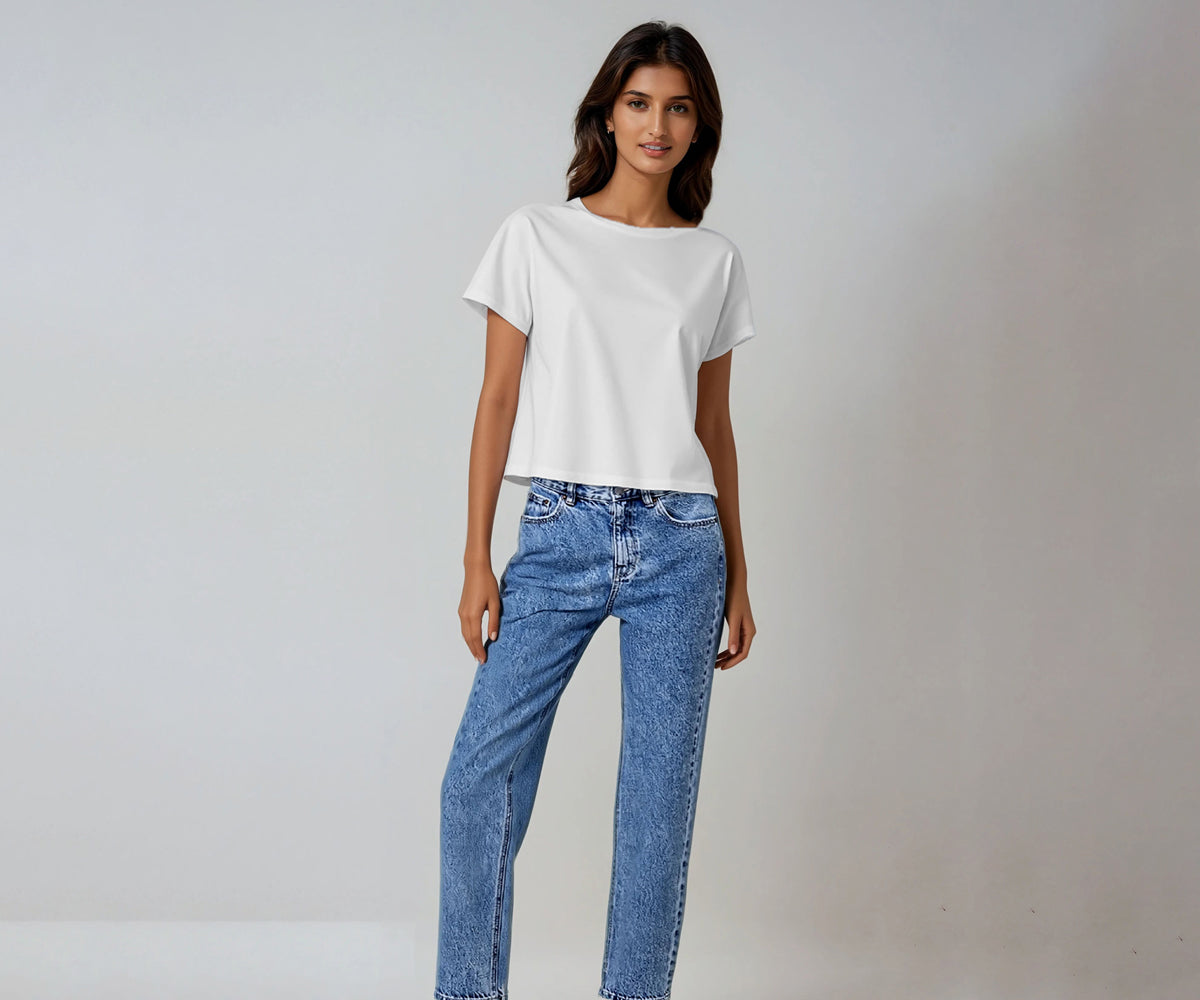Understanding Bamboo Fabric:
The Bamboo Plant
Bamboo is one of the fastest-growing plants on the planet, known for its high yield and low water requirements. It thrives without the need for pesticides, making it a more sustainable option compared to traditional crops like cotton. Bamboo also helps prevent soil erosion and produces more oxygen than equivalent stands of trees, which adds to its eco-friendly reputation.
However, the environmental benefits of bamboo primarily apply to the plant itself. Once harvested, bamboo can be processed in two major ways to turn it into fabric: mechanical processing and chemical processing.
Chemical Processing
Most bamboo clothing available in the market is made from bamboo viscose or rayon, which involves a heavy chemical process. To convert bamboo into a soft fabric, manufacturers use chemicals like carbon disulfide, caustic soda, and sulfuric acid. These chemicals can be harmful not only to the environment but also to the workers involved in the manufacturing process, leading to severe health risks such as nerve damage and respiratory issues.
According to research, the viscose process is energy-intensive and can release toxic by-products if not managed properly. The Federal Trade Commission (FTC) has even cautioned that bamboo viscose may not be as “green” as advertised because the harsh chemical process often strips away the natural properties of bamboo, leaving behind a semi-synthetic fabric that’s not entirely eco-friendly.
Lyocell Bamboo: A Safer Alternative
Not all bamboo fabrics are created equal. Lyocell bamboo, also known as bamboo lyocell, uses a closed-loop process that recycles the chemical solvents used, significantly reducing environmental impact. This method avoids the harmful emissions associated with traditional viscose production, making it a more sustainable and less toxic option. Look for certifications like Oeko-Tex Standard 100 to ensure that the bamboo fabric is free from harmful substances.
The Best Women’s Bamboo Clothing Options
If you're looking to add some bamboo pieces to your wardrobe, there are several sustainable options available:
- Women’s Bamboo T-shirts: Soft, breathable, and perfect for everyday wear.
- Bamboo Crop Top: Ideal for yoga or lounging at home, offering a comfortable fit with moisture-wicking properties.
- Bamboo Tank Tops: A versatile piece that can be layered or worn alone, great for workouts or casual outings.
These products are available in various sizes for women and can be found at the All Cotton and Linen online store, offering a blend of comfort, style, and sustainability.
What Are the Benefits of Bamboo Clothing?
Despite the concerns over chemical processing, bamboo clothing does offer several benefits:
- Softness and Comfort: Bamboo fabric is often compared to the luxurious feel of silk. If you're wondering, "What does bamboo clothing feel like?", you'll be pleased to know that it is incredibly soft, breathable, and gentle on the skin.
- Moisture-Wicking and Odor-Resistant: Bamboo fabric is naturally moisture-wicking, meaning it absorbs sweat away from your skin, keeping you dry. It also has natural antibacterial properties, reducing odor build-up, making it a great option for activewear.
- Thermoregulating: Bamboo fabric has excellent thermoregulating properties, which means it can keep you cool in the summer and warm in the winter. This makes it versatile for various climates.
- Hypoallergenic: For those with sensitive skin, organic bamboo clothing is a great option as it's less likely to cause irritation compared to synthetic fabrics.
- Biodegradable: Bamboo fabric, especially when produced organically, is biodegradable, breaking down in about a year if it ends up in a landfill, unlike synthetic fabrics that can take decades to decompose.
You May Also Like Why Are Crop Tops So Popular Among Youths
Why Is Bamboo Clothing So Expensive?
The question, "Why is bamboo clothing so expensive?", often comes up among consumers. The cost is primarily due to the complex production process, especially if the bamboo fabric is produced using the eco-friendly lyocell method. Additionally, brands that prioritize sustainable sourcing, ethical labor practices, and certifications like Fair Trade or Oeko-Tex may charge a premium. This higher cost reflects the quality and sustainability efforts involved in the production.
How to Shrink Bamboo Clothing?
While bamboo clothing is known for its durability, it can shrink if not handled properly. Here's how to care for your bamboo garments:
- Washing: Wash bamboo clothing in cold water on a gentle cycle to maintain its softness and shape. Avoid using harsh detergents.
- Drying: It's best to air dry bamboo fabrics to prevent shrinkage. If using a dryer, opt for the lowest heat setting.
- Ironing: If needed, use a low heat setting when ironing bamboo clothing to avoid damaging the fibers.
By following these care instructions, you can extend the lifespan of your bamboo garments, ensuring they remain soft and comfortable for years.
Read More: How to Wash Bamboo Clothing: A Complete Guide
Should You Buy Bamboo Clothing?
When it comes to sustainability, bamboo clothing is a mixed bag. While the bamboo plant is eco-friendly, the process of turning it into fabric can involve toxic chemicals, particularly in the production of bamboo viscose. If you're committed to making eco-conscious fashion choices, opt for organic bamboo clothing or items made using the lyocell process, which is more sustainable and less harmful.
In summary, bamboo clothing can be a great addition to your wardrobe if you’re mindful of the type of bamboo fabric you’re purchasing. Always look for transparent brands that prioritize sustainable and ethical production methods.
By understanding the benefits and drawbacks of bamboo clothing, you can make informed choices that align with your values for both fashion and the environment.







